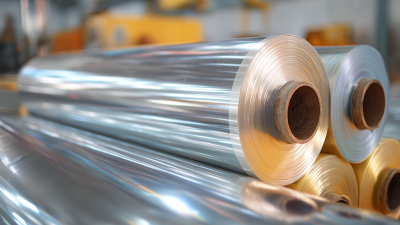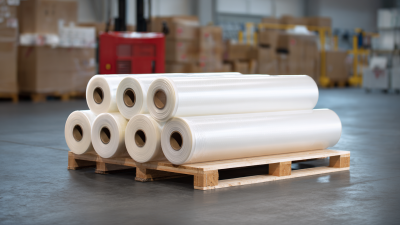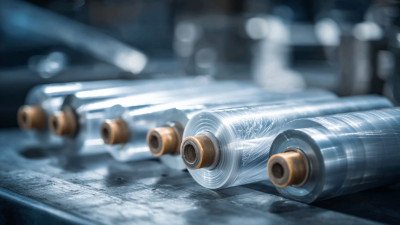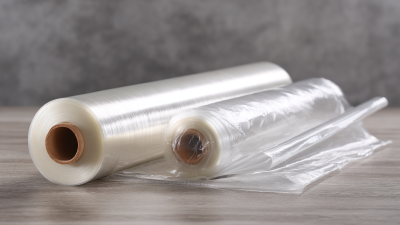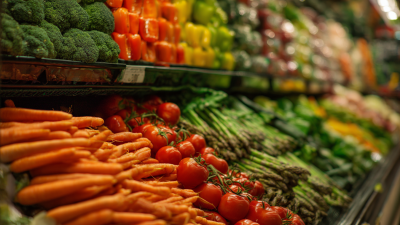In today's packaging industry, the use of Plastic Shrink Wrap is prevalent due to its versatility and efficiency in securing products for shipping and storage. However, while it offers several advantages, there are significant challenges that businesses must consider when relying on this packaging solution. From environmental concerns regarding its biodegradability to the complexities involved in achieving proper shrinkage during application, each factor plays a crucial role in determining the effectiveness of Plastic Shrink Wrap. Moreover, the comparison of various types of shrink wrap materials and their specific applications can shed light on the best practices and alternatives for minimizing issues. In this blog, we will explore these challenges in-depth, providing insights that can help businesses make informed decisions about their packaging needs.
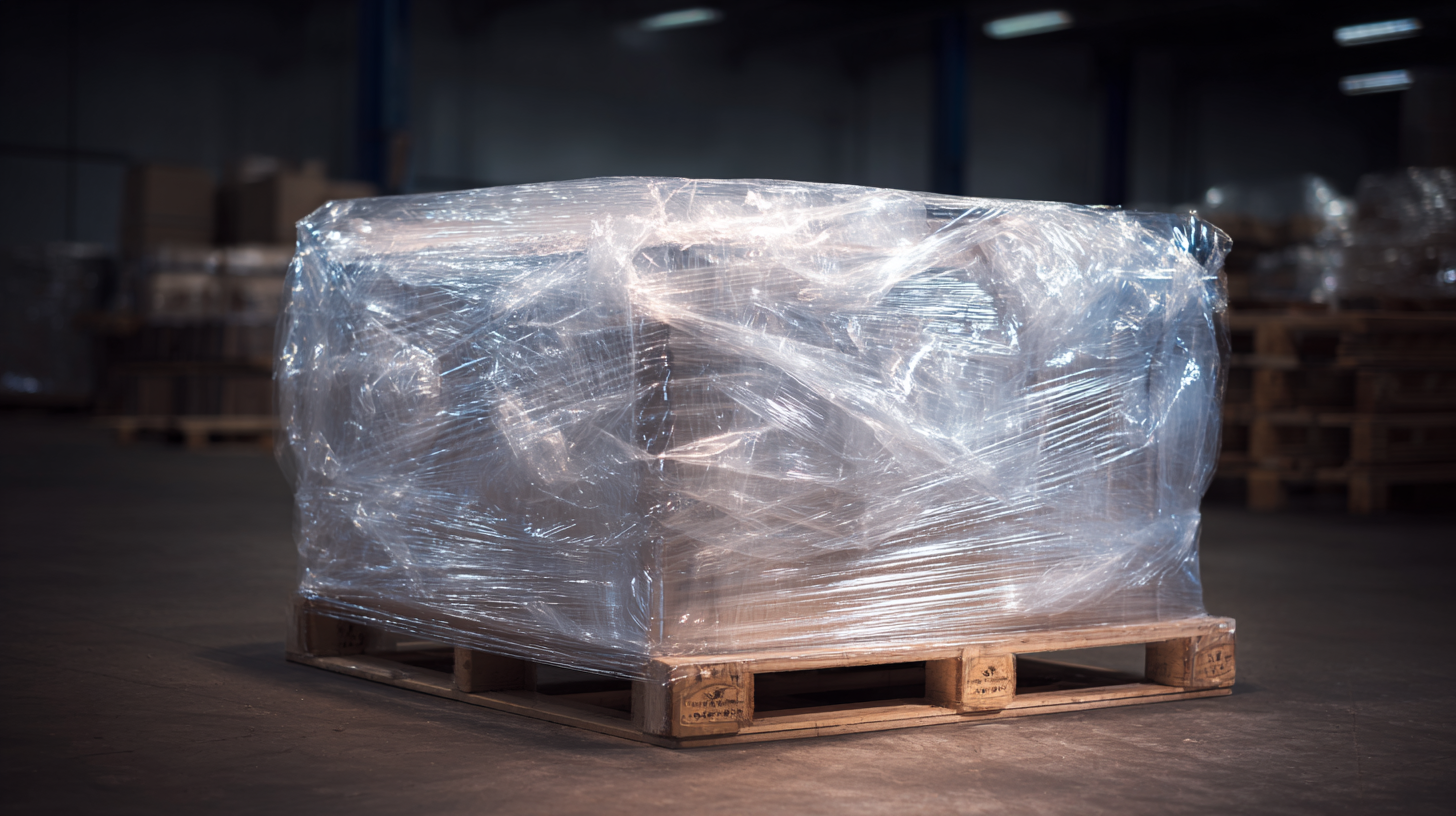
Plastic shrink wrap is a popular choice in the packaging industry, but it is essential to understand its limitations to make informed decisions. One primary concern is its environmental impact. According to a report by the International Journal of Sustainable Packaging, nearly 30% of global plastic production ends up in landfills, creating long-lasting waste that significantly harms ecosystems. Moreover, while shrink wrap can provide a tight seal, it is not biodegradable and can take hundreds of years to decompose, contributing to the growing problem of plastic pollution.
Another limitation of plastic shrink wrap is its performance under varying temperature conditions. Industry studies show that shrink films can become brittle and lose their protective properties when exposed to temperatures below freezing, which can compromise product integrity. Furthermore, shrink wrap does not provide the necessary barrier against moisture or UV light for sensitive goods. According to a report from the Packaging Machinery Manufacturers Institute, businesses that rely solely on shrink wrap for perishable items may face increased spoilage rates, emphasizing the need for complementary packaging solutions that offer better protection and sustainability.
In today's packaging industry, the environmental implications of materials like plastic shrink wrap are increasingly under scrutiny. While plastic shrink wrap provides convenience and protection for products, its environmental footprint cannot be overlooked. The production of plastic materials requires significant energy and resources, contributing to greenhouse gas emissions. Once used, plastic shrink wrap often ends up in landfills or oceans, where it can take hundreds of years to decompose, posing threats to wildlife and ecosystems.
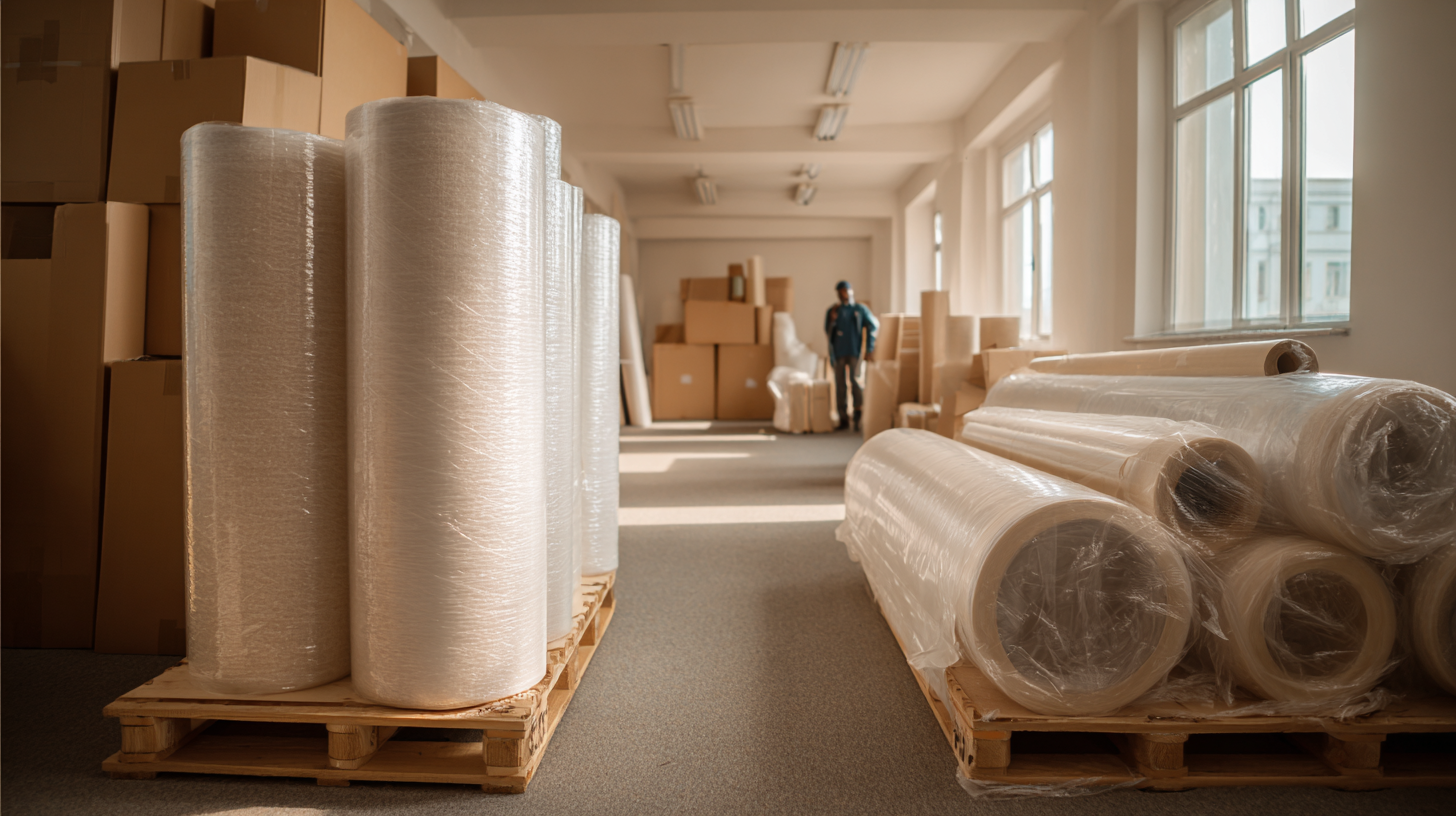
In contrast, sustainable alternatives such as biodegradable films, recycled paper wraps, and plant-based materials offer viable solutions that mitigate environmental impact. Biodegradable films, for instance, break down naturally over time, reducing waste accumulation. Recycled paper wraps not only decrease reliance on virgin materials but also promote a circular economy. By evaluating these options, companies can transition toward more sustainable packaging practices, ultimately benefiting both their bottom line and the planet. Adopting these alternatives requires a shift in mindset, but the long-term benefits for the environment and brand reputation are undeniable.
When considering plastic shrink wrap for packaging needs, balancing cost factors with performance becomes a crucial task. While consumers often prioritize price and quality, sustainability is slowly gaining attention, albeit not as the top buying criterion. According to recent findings, consumers rank sustainability relatively low among key factors, which can lead businesses to focus primarily on cost-effectiveness without fully accounting for the environmental impact. For instance, the life-cycle assessment of plastic food packaging reveals significant hidden costs linked to eco-system services affected by plastic waste, highlighting the importance of integrating sustainability into cost assessments.
In industrial construction, the use of materials such as Glass Fibre-Reinforced Polymers (GFRPs) has demonstrated superior structural and environmental performance compared to traditional materials like steel. This illustrates a broader trend where companies are beginning to adopt sustainable materials and strategies, considering the entirety of the product life cycle. Research indicates that businesses successfully implementing sustainable practices not only meet consumer expectations but also enhance their overall performance and profitability in the long run. Understanding these dynamics is paramount for companies aiming to optimize their use of shrink wrap while maintaining competitive pricing and meeting emerging consumer preferences for sustainability.
This chart demonstrates the cost factors related to plastic shrink wrap selection, comparing price and performance across various types of shrink wrap materials.
When using plastic shrink wrap for packaging, there are several common issues that can lead to packaging failures. One of the most significant challenges is inadequate heat sealing. According to a 2021 report by the Flexible Packaging Association, up to 15% of shrink-wrapped packages can fail at the sealing stage if the temperature and pressure are not carefully controlled. This can result in loose wraps that expose products to contamination and damage, ultimately impacting customer satisfaction and brand reputation.
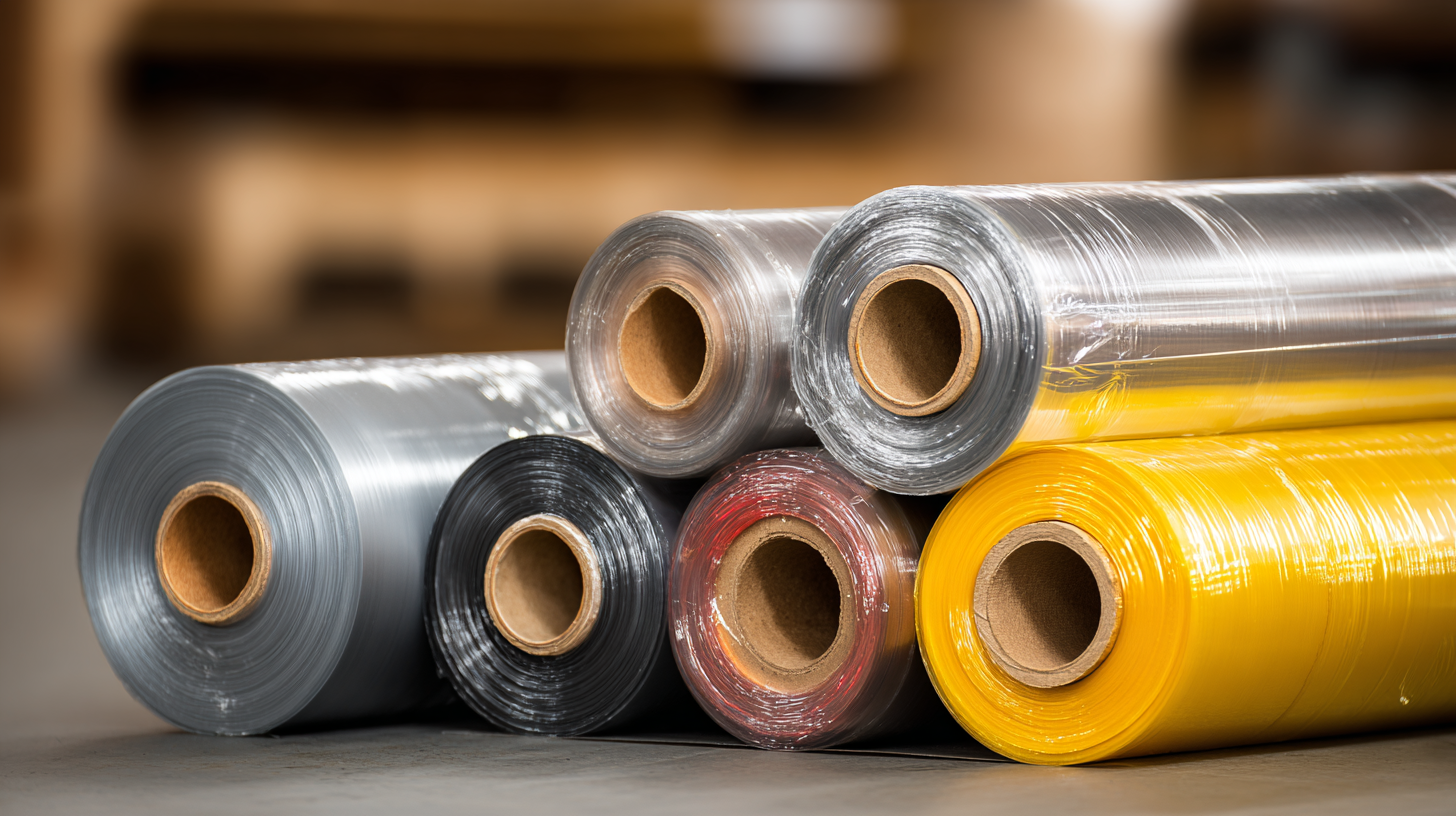
Another frequent issue is inconsistent shrinkage, which can be attributed to variations in film quality and application techniques. A study from Packaging Technology and Science highlights that over 20% of incidents involve uneven shrinkage that compromises the integrity of the packaging. To mitigate this, it's critical to select high-quality shrink films and ensure that packaging equipment is calibrated correctly. Training staff in best practices for application further reduces the risk of failures, allowing businesses to maintain efficient operations and enhance the protection of their products during transit.
When utilizing plastic shrink wrap for packaging, it’s essential to implement best practices that maximize efficiency while minimizing waste. One key tip is to ensure that the products are clean and dry before wrapping. Moisture can lead to poor adhesion and reduce the effectiveness of the shrink wrap, ultimately compromising the integrity of the package.
Another important practice is to use the right shrink wrap thickness and type for your specific products. Thicker films provide more durability, while thinner films are often more cost-effective for lighter items. Evaluating the weight and fragility of your products will help you make the best choice, reducing material waste and enhancing protection during transit.
Lastly, it’s crucial to maintain the right temperature during the shrink-wrapping process. A consistent heat ensures that the wrap adheres properly and shrinks uniformly around the package. Investing in a quality heat source and regularly calibrating it can significantly improve wrapping efficiency, leading to better results and streamlined operations.
| Challenge | Impact | Best Practice |
|---|---|---|
| Inconsistent Shrinkage | Uneven packaging, leading to product damage | Use a reliable heat source and monitor temperature closely |
| Air Bubbles | Affects appearance and integrity of packaging | Ensure proper sealing techniques are used |
| Material Compatibility | Risk of chemical reactions affecting product | Test materials for compatibility before use |
| Waste Generation | Environmental impact and increased costs | Implement a recycling program for shrink wrap |
| Operator Training | Increased errors, affecting productivity | Conduct regular training sessions for staff |

